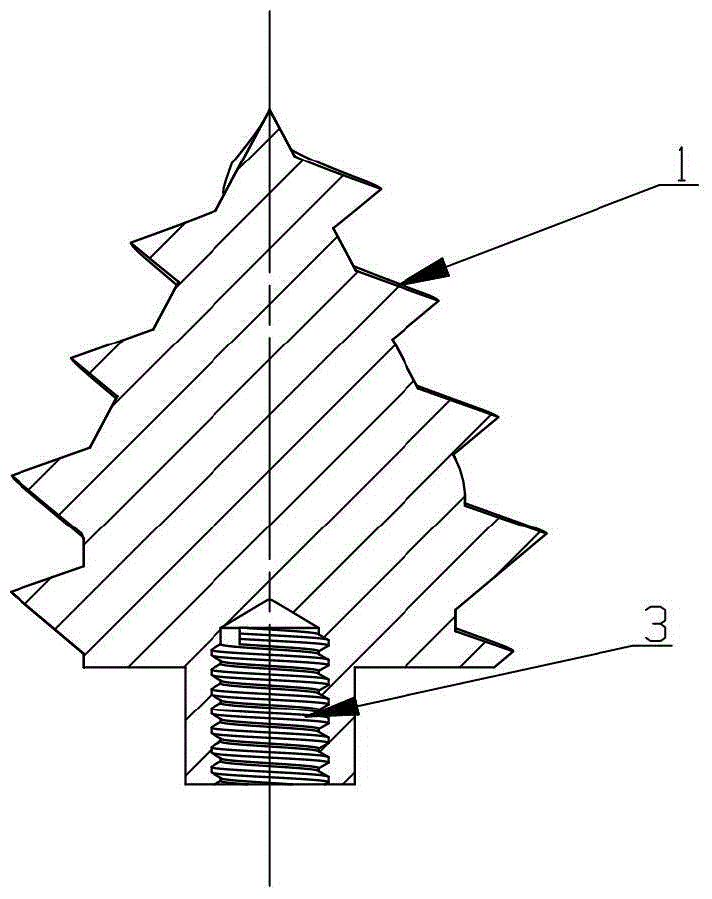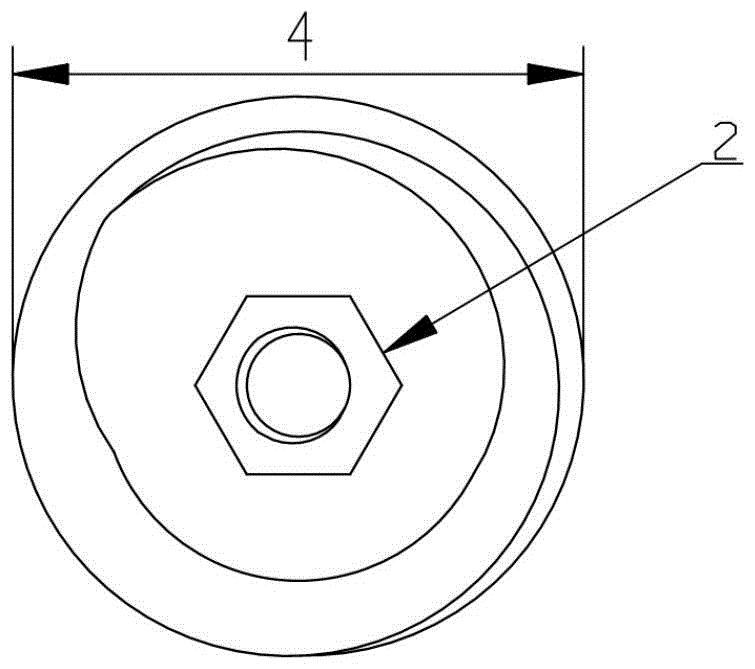An endoprosthesis for total arthroscopic cruciate ligament reconstruction of the knee
A cruciate ligament and arthroscopic technique, applied to ligaments, muscles, etc., can solve problems such as complicated surgery, difficult to adjust ligament tension, and long recovery time, so as to improve surgical accuracy, avoid rigid combination, and improve curative effect
- Summary
- Abstract
- Description
- Claims
- Application Information
AI Technical Summary
Problems solved by technology
Method used
Image
Examples
Embodiment
[0058] Such as Figure 18 ~ Figure 21 As shown, the present invention provides an endoprosthesis for total arthroscopic cruciate ligament reconstruction of the knee, comprising a first screw prosthesis and a second screw prosthesis connected to the femur and tibia respectively, the first screw prosthesis and the Artificial tendons 29 are connected between the second screw prosthesis; the first screw prosthesis and the second screw prosthesis both include the front section 5 of the screw prosthesis, the rear section 16 of the screw prosthesis, the connecting screw 17, and the tendon fixation pressure screw 30 And the anti-tendon friction protection snap ring 33, such as Figure 19 , Figure 21 Shown is a schematic diagram of the structure after the assembly of each component is completed.
[0059] Such as Figure 1 to Figure 4 and Figure 10 , Figure 11 , Figure 18 , Figure 19 As shown, in order to obtain early and stable fixation, the front section 5 of the screw pro...
PUM
 Login to View More
Login to View More Abstract
Description
Claims
Application Information
 Login to View More
Login to View More - R&D
- Intellectual Property
- Life Sciences
- Materials
- Tech Scout
- Unparalleled Data Quality
- Higher Quality Content
- 60% Fewer Hallucinations
Browse by: Latest US Patents, China's latest patents, Technical Efficacy Thesaurus, Application Domain, Technology Topic, Popular Technical Reports.
© 2025 PatSnap. All rights reserved.Legal|Privacy policy|Modern Slavery Act Transparency Statement|Sitemap|About US| Contact US: help@patsnap.com



